A corner of the production area in the middle of Quan field of Mr. Ngo Dinh Tuan's family.
Whether traveling on the North-South expressway in Thanh Hoa or the Nghi Son - Sao Vang road, when arriving at Tan Khang commune, it is easy to recognize a green production area standing out in the vast deserted fields of Tan Cau village. After many years of digging and building embankments by the owner, the nearly half-kilometer inner-field route from the main road to the production area is now easily accessible by car. Entering the production area, the signboard with the words "Ngo Gia Trang" along with the system of green trees and beautiful production facilities makes many people feel like they are coming to an eco- tourism destination. 1,000 dwarf coconut trees, more than 3,000 areca trees that bear fruit all year round, spreading shade throughout the camp have become the highlight.
The story of boldly renovating this Quan field was implemented by Mr. Tuan's family since 2015, and by early 2016, the commune had created conditions for his family to bid for more than 3 hectares. The low-lying land, which seemed to be disadvantageous, was turned into an advantage by him to open up 20 more large and small ponds. Then many aquatic species such as snails, soft-shell turtles, frogs, field crabs, loach, turtles, and various types of fish were raised, bringing in increasingly large profits. Using the additional investment profits, in the following years, he himself consolidated, rented and bought back the abandoned areas around from local people to renovate into a comprehensive farm of more than 12 hectares as it is today.
The soil dug from the pond was used to raise the production area and build a scientific barn system. From there, he bought more white horses and cows, then developed a herd of goats. Wild ducks were also a priority for breeding, growing to thousands of ducks per litter to take advantage of the water and ponds in the production area. He also traveled all the way to the Southwest to buy dwarf coconut trees to plant around the pond banks and throughout the remaining area of the production area.
In addition to the family workforce, he hires 5 local workers to work regularly to ensure that the workload is not small. In recent years, the farm has maintained a herd of nearly 20 white horses, a herd of 75 to 80 buffaloes and cows, and a flock of thousands of ducks, both for eggs and for sale... The waste from livestock farming is partly used as fish feed, while the rest is collected and processed into fertilizer for more than 3,000 areca trees, 1,000 coconut trees and other crops. Under the areca and coconut trees are areas planted with elephant grass as food for the livestock.
Of the total area of over 12 hectares, his family still uses 3 hectares to grow rice as a source of livestock all year round. A truly organic, circular economic model has been implemented here. Rice and agricultural by-products are used as animal feed. Tilapia and miscellaneous fish are harvested as feed for ducks and the commercial turtle herd is always maintained at 400 - 500 individuals. Agricultural by-products are also used as feed for snails, turtles, field crabs, and loaches. Livestock waste is recycled into nutrients for crops. All are utilized, reducing environmental pollution and production costs.
Chairman of the Gardening and Farming Association of Nong Cong District, Le Tri Duc, shared: “We appreciate the daring will of member Ngo Dinh Tuan’s family because this area is a low-lying area with difficult traffic. With the consensus and support of the commune government and the attention and companionship of the Gardening and Farming Association of the district, it can be affirmed that this is a success that many people did not dare to think of before.”
Joining us at the production area, Hoang Thi Tam, Standing Deputy Secretary of the Tan Khang Commune Party Committee, also said that the Quan Dong area is flooded for many months of the year, so only growing one rice crop is not sustainable. The production model of Mr. Tuan's family is considered a typical example of effective accumulation and improvement of agricultural land in the locality.
During the production development process, the farm owner always seeks to learn and apply technical advances and gain experience. Feed mixers, grass cutters, vegetable choppers, and straw rollers are purchased to increase labor productivity. In farming, he also proactively purchases and operates plows, seeders, etc. 16 cameras installed throughout the production area from previous years also play an important role in monitoring livestock.
“With many sources of revenue from appropriate production implementation, each year, the production area is generating more than 2 billion VND in revenue and about 1 billion VND in profit each year,” said Mr. Tuan.
Article and photos: Linh Truong
Source: https://baothanhhoa.vn/khoi-day-dong-quan-249797.htm


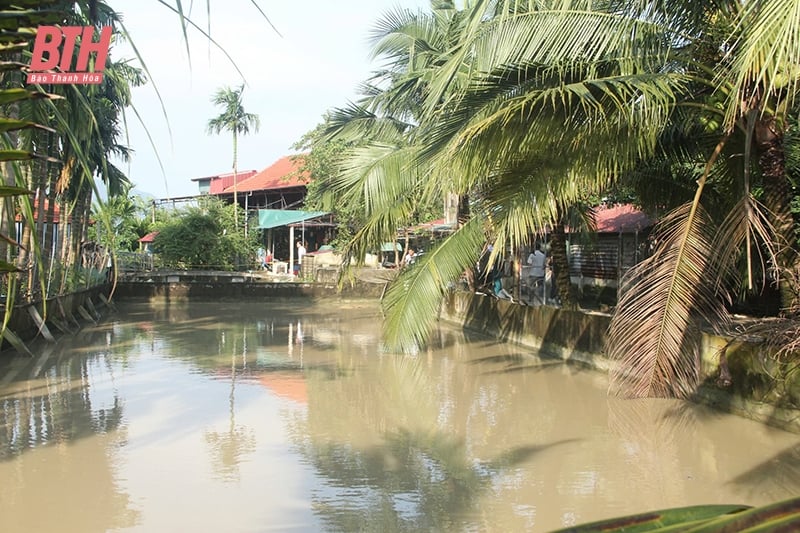
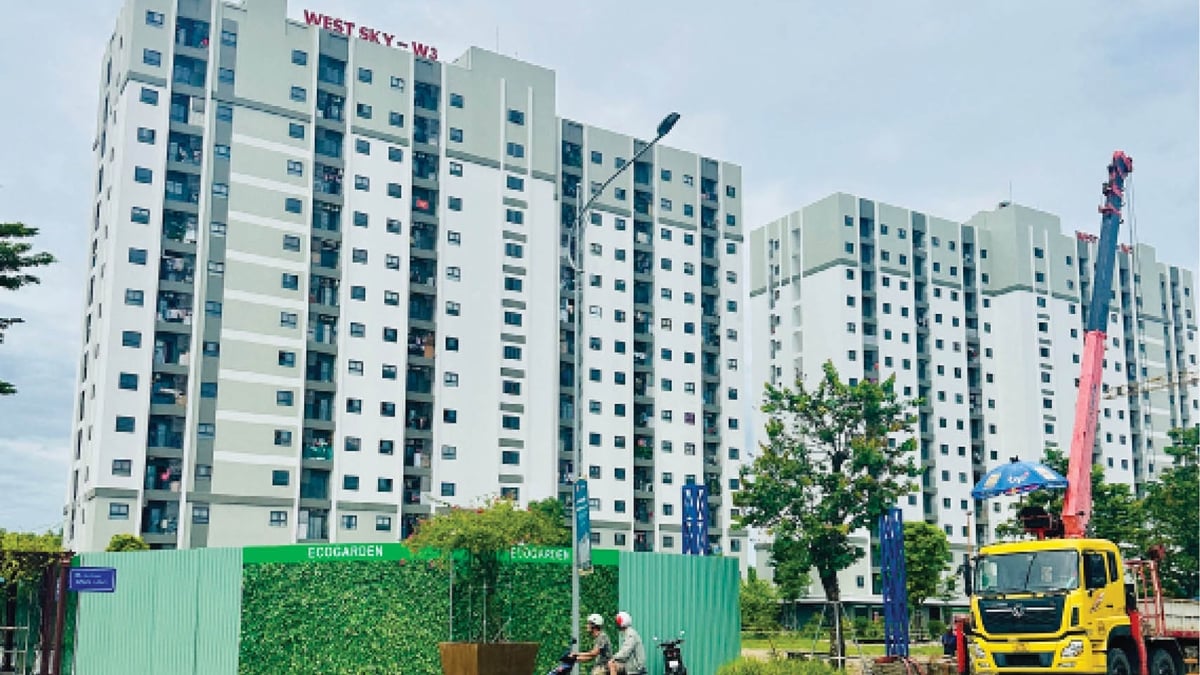
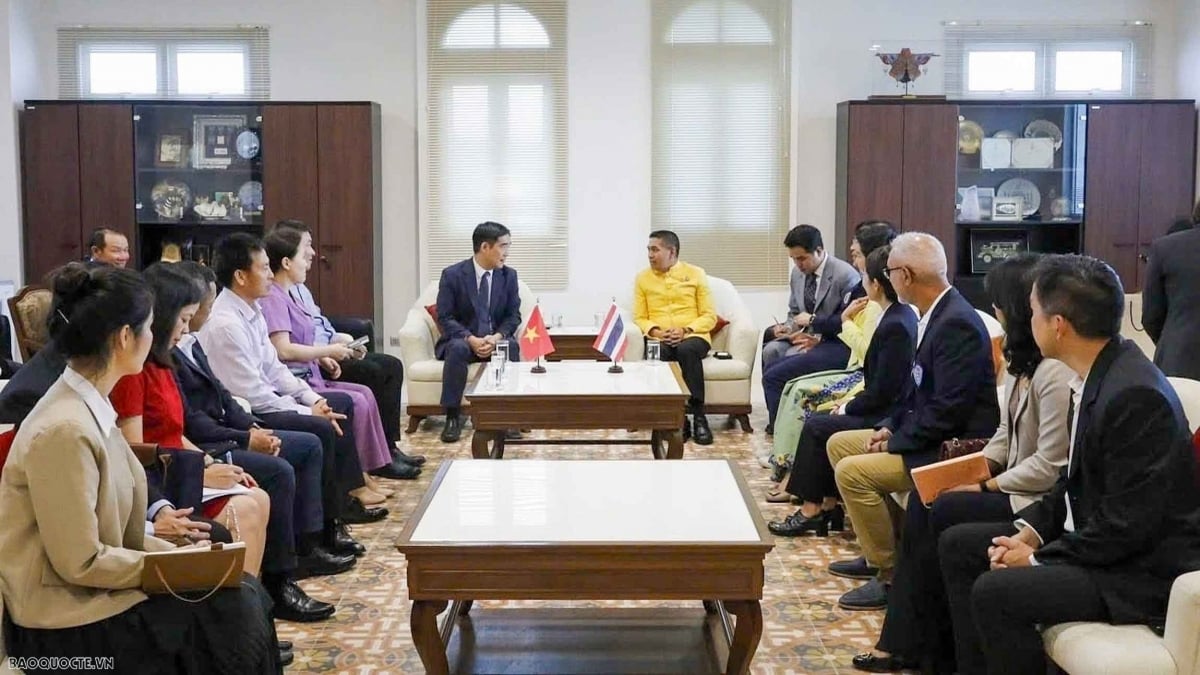


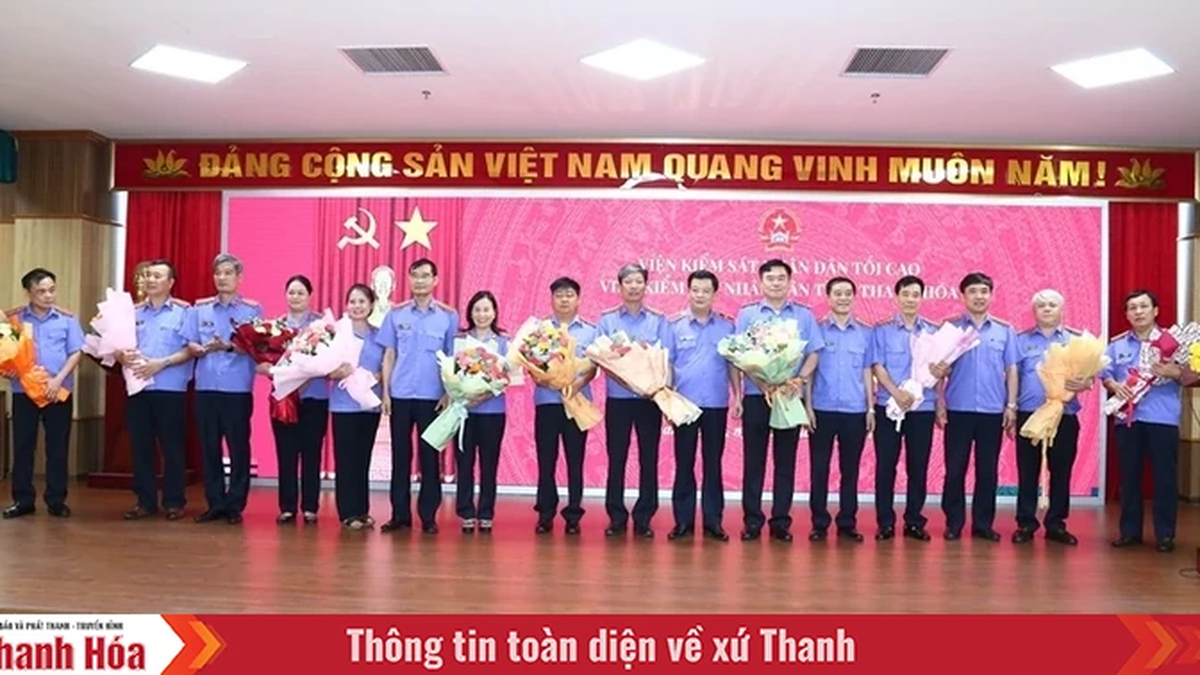
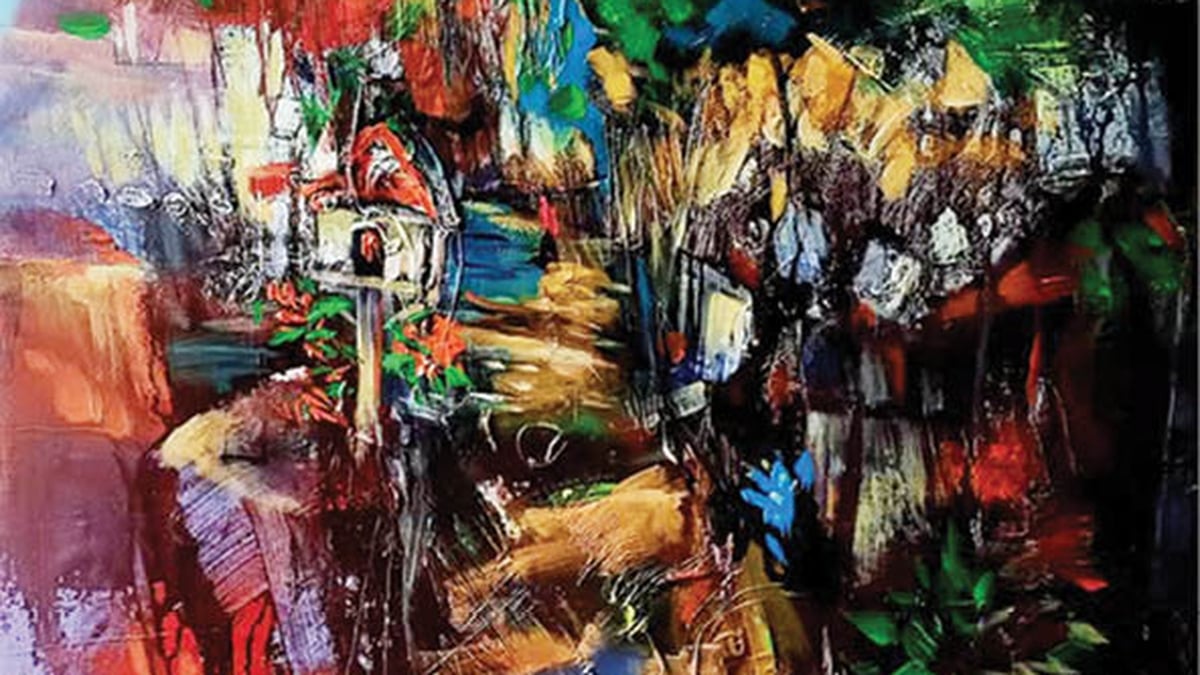
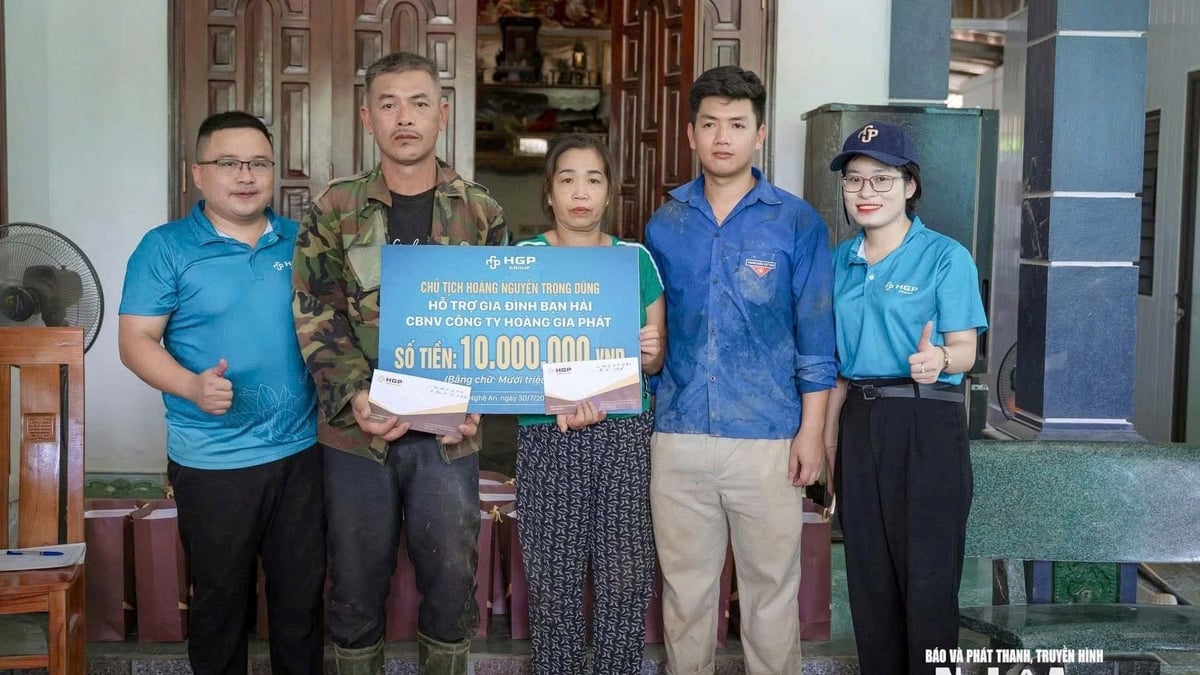
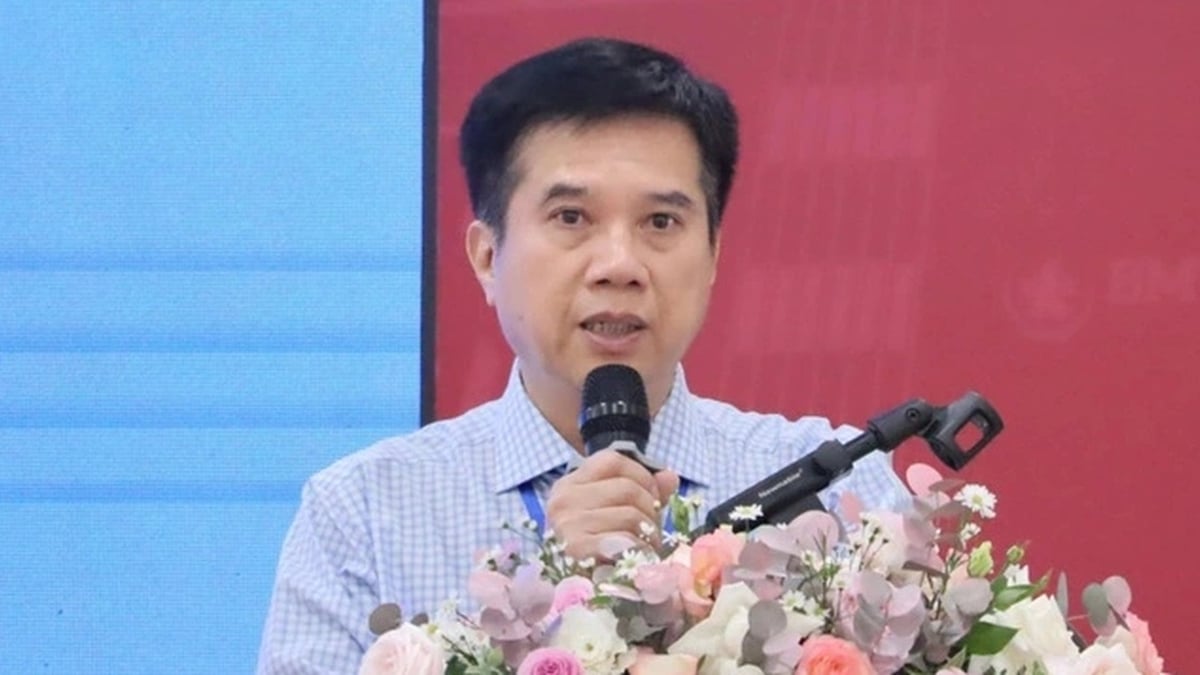
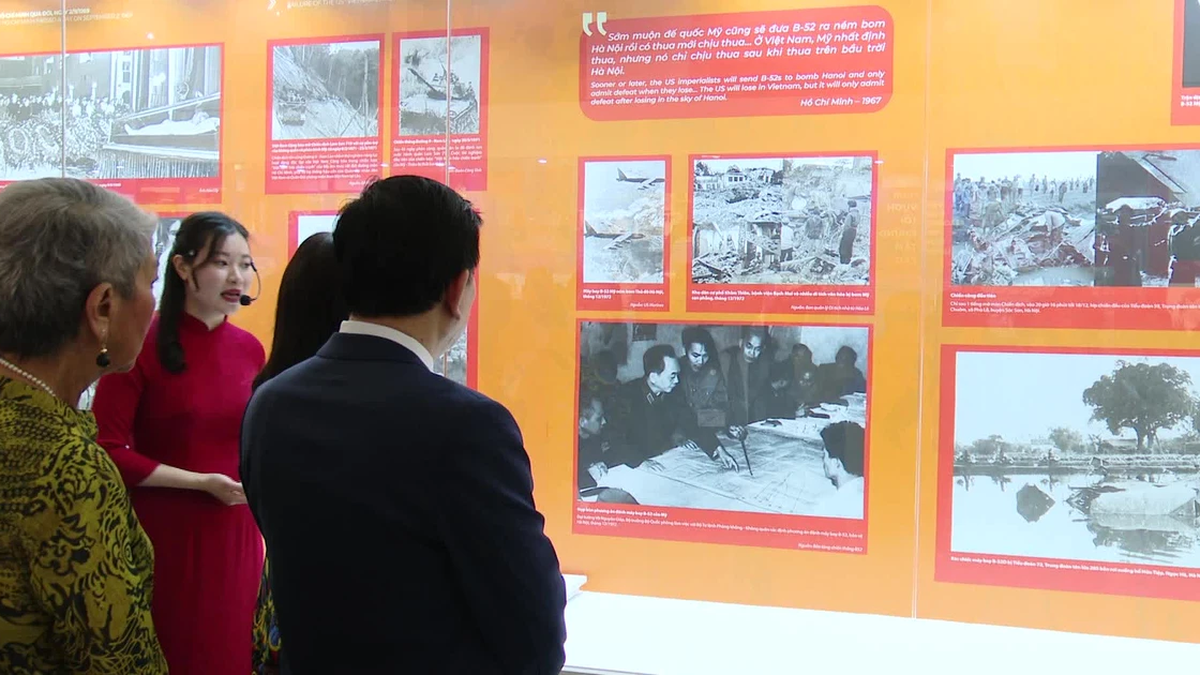
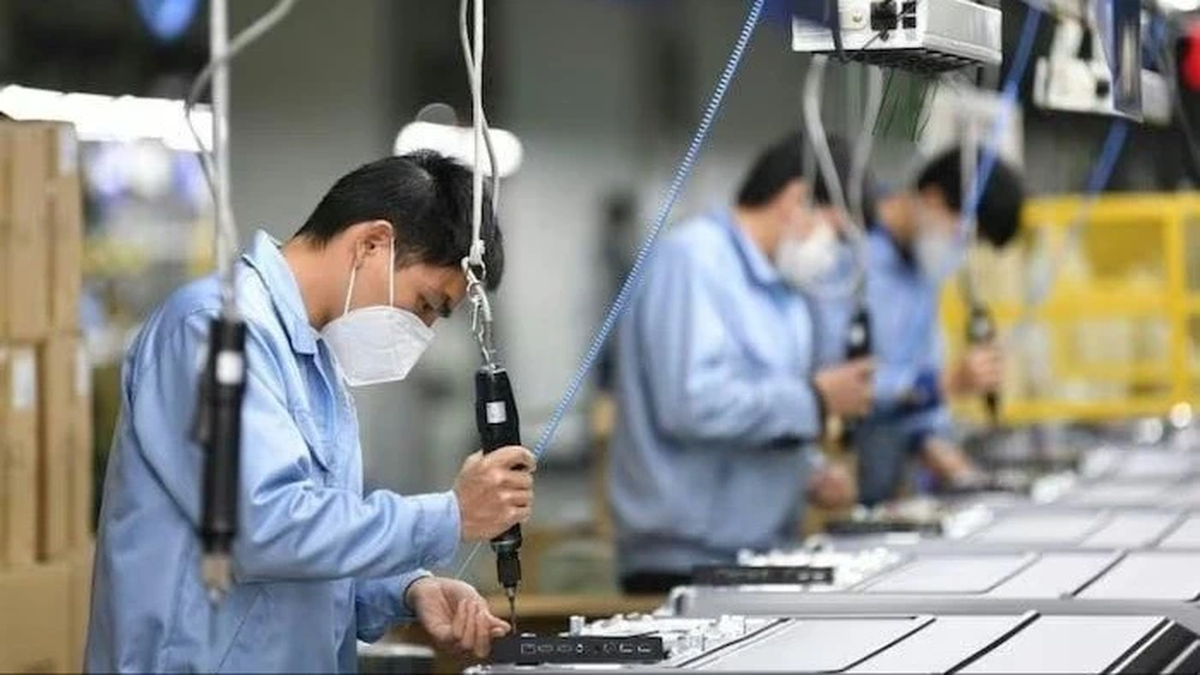






















































































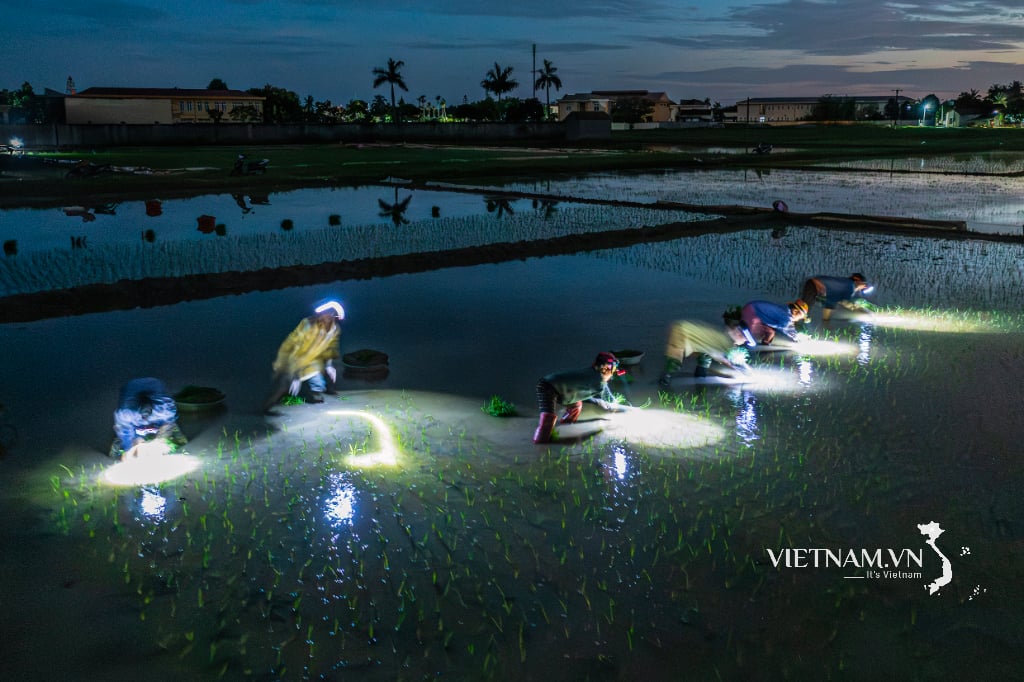
Comment (0)